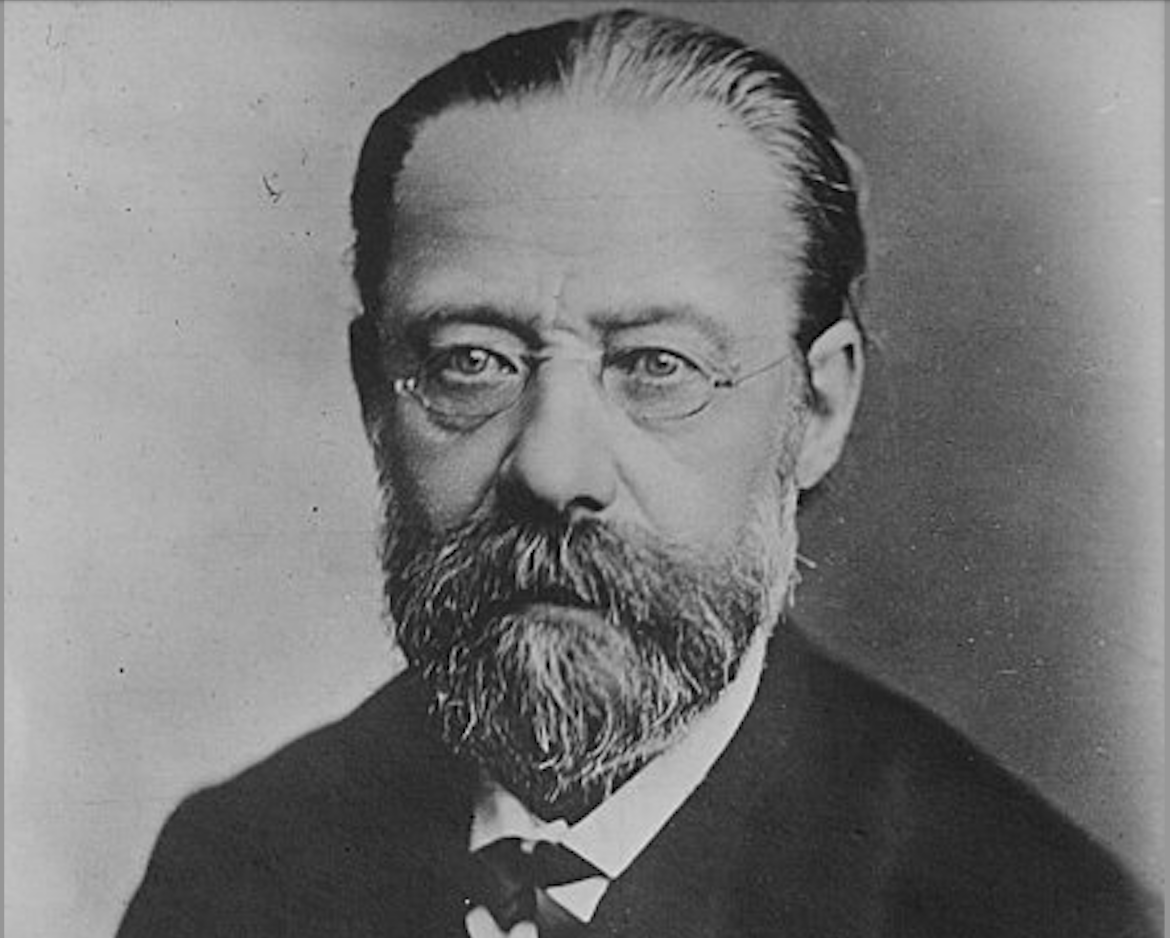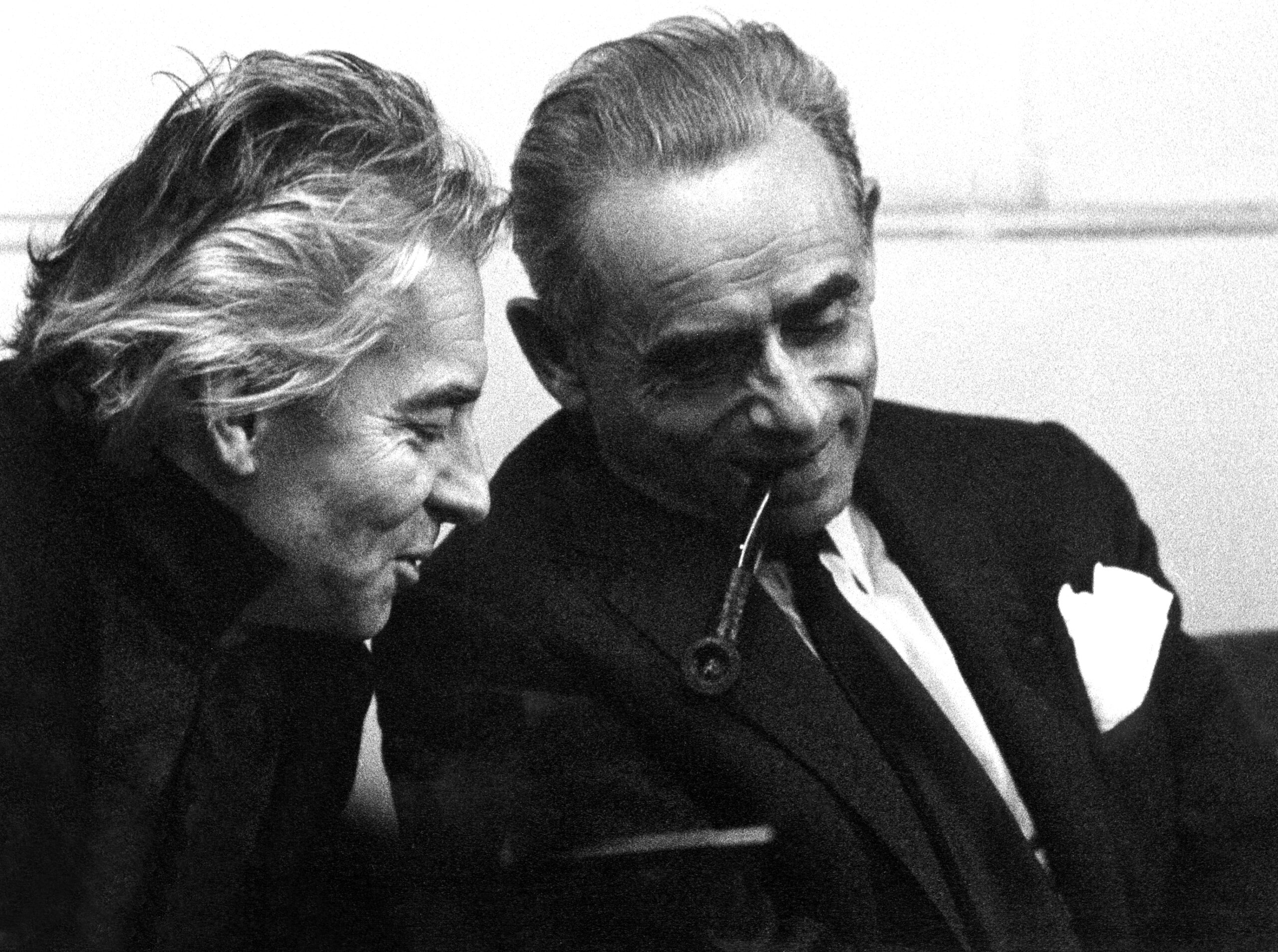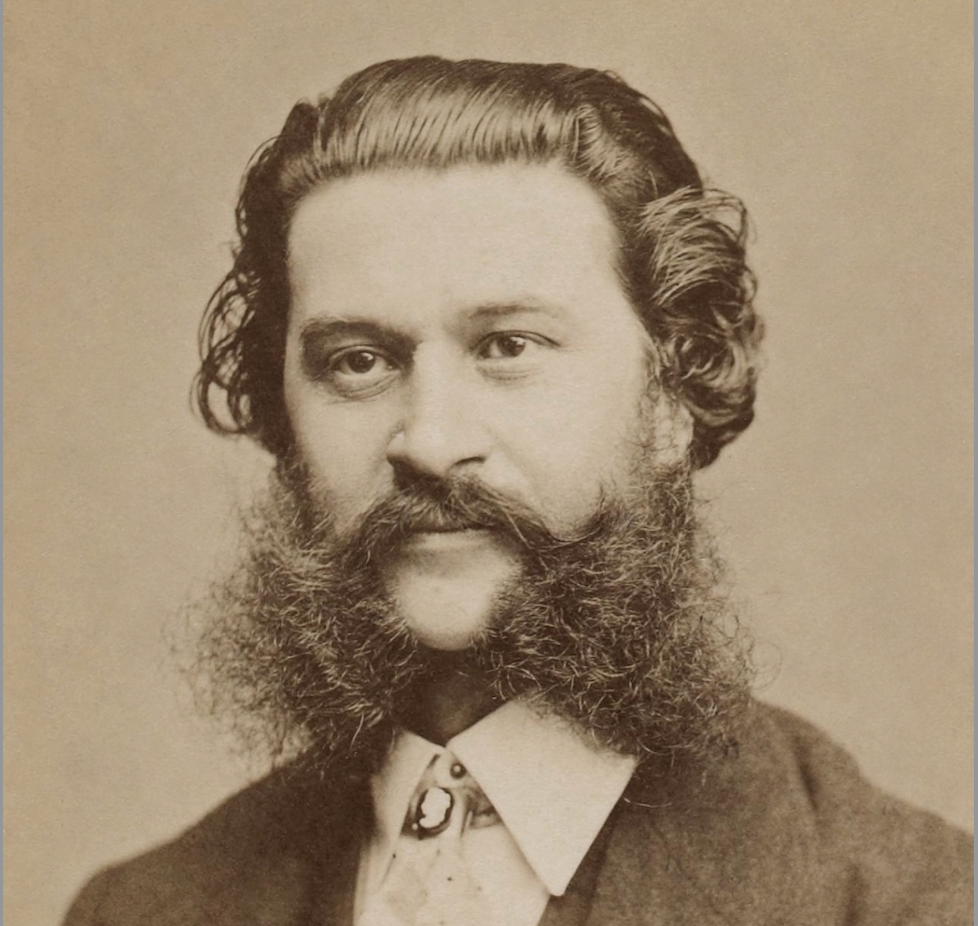01 March 2024
P.R. Jenkins
Spotlight Smetana: “The Moldau” and other orchestral works

Bedřich Smetana’s “The Moldau” (originally “Vltava”) was one of the first pieces Karajan recorded with the Berlin Philharmonic in 1941.
It is – together with Dvořák’s “New World Symphony” – the most popular work in Czech orchestral music. “The Moldau” is number two of six symphonic poems entitled “má vlast” (“My Fatherland”) and celebrating Czech landscape and history. Karajan performed “The Moldau” quite early in his career with the Stockholm Radio Orchestra and also in Athens in 1939 with “the well-regarded orchestra of the Athens Conservatory. Was it here that he first met Dimitri Mitropoulos, friend and hero of Karajan’s later years, recently returned from Minneapolis? It is possible, though there is no record of any meeting. (Richard Osborne)” Notably, he never conducted such a popular piece with his orchestras in Ulm and Aachen.
In the 1950s, he performed it with the Vienna Symphony and with the Berlin Philharmonic, the latter exclusively on tours in America and Japan. Between 1957 and 1983 there weren’t any live performances but several recordings. Karajan recorded “The Moldau” with the Berlin Philharmonic once every decade: 1941, 1958, 1967, 1976 and 1984. About the 1958 recording Peter Uehling wrote:
“It was important for Karajan that the first recordings with the [Berlin] Philharmonic [after his appointment as principal conductor] should be exemplary. Presumably, he rehearsed the flute duet at the beginning of Smetana’s ‘Moldau’ in his 1958 recording to the point of exhaustion to give the relatively weak winds an inkling of what is possible and askable. It sounds a bit tedious and the passage could be lighter, but the homogeneous sound and the wide-ranging line are quite impressive.”
The 1983 New Year’s Eve concert at the Berlin Philharmonie was filmed. Karajan told Richard Osborne about the camera effect:
“In Smetana’s ‘Moldau’, in the night sequence it is possible to use the lights and the textures of the instruments to create a night-time, moonlit effect. It must not be overdone, but it can make a suggestion of mood that the listener will have.”
Karajan’s very last recording of “The Moldau” was with the Vienna Philharmonic in 1985.
We’ve prepared playlists with Karajan conducting Smetana. Listen to them here.
— P.R. JenkinsPeter Uehling: “Karajan. Eine Biographie” Rowohlt, Reinbek bei Hamburg. 2006
“Conversations with Karajan” Edited with an Instroduction by Richard Osborne. Oxford University Press. 1989


